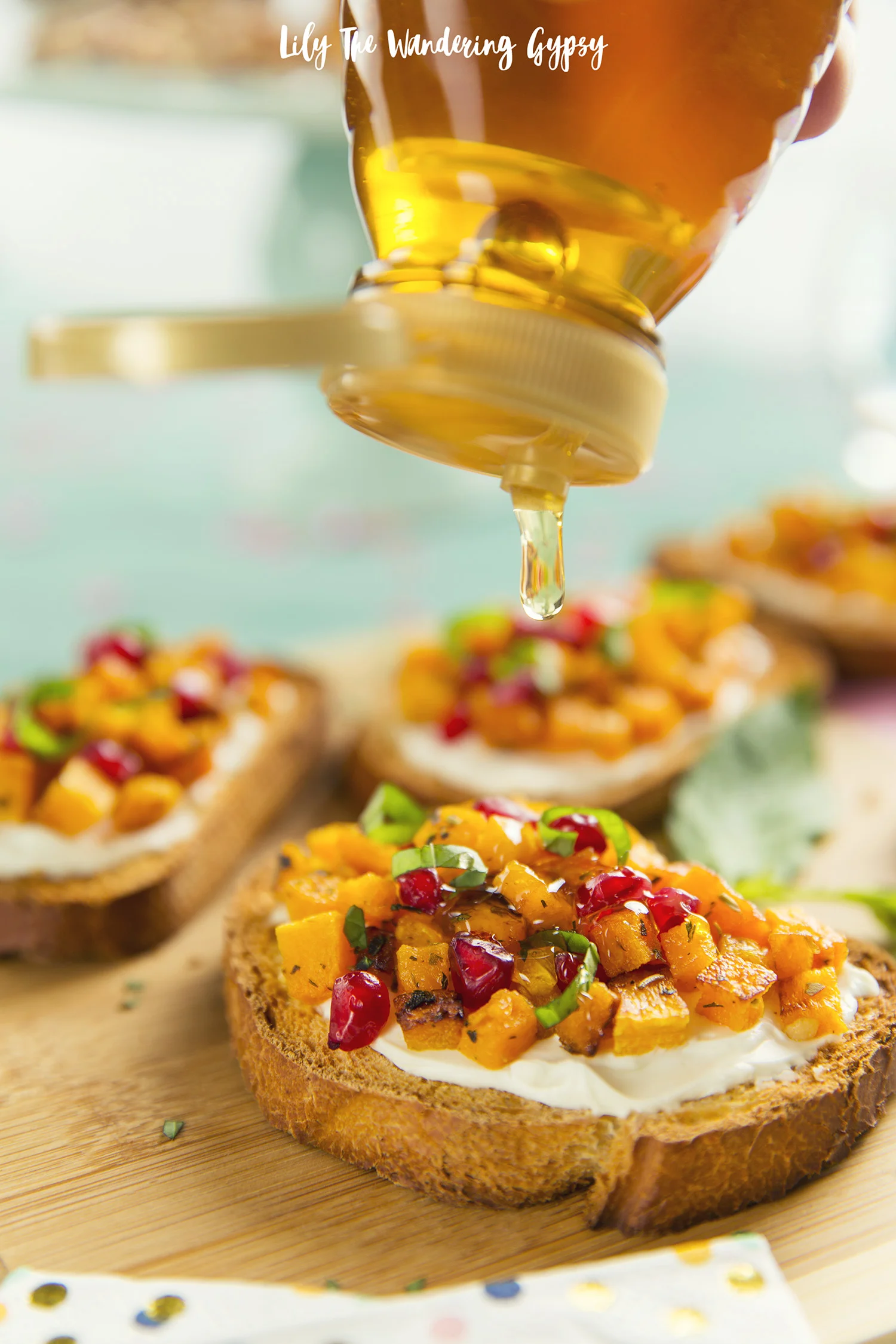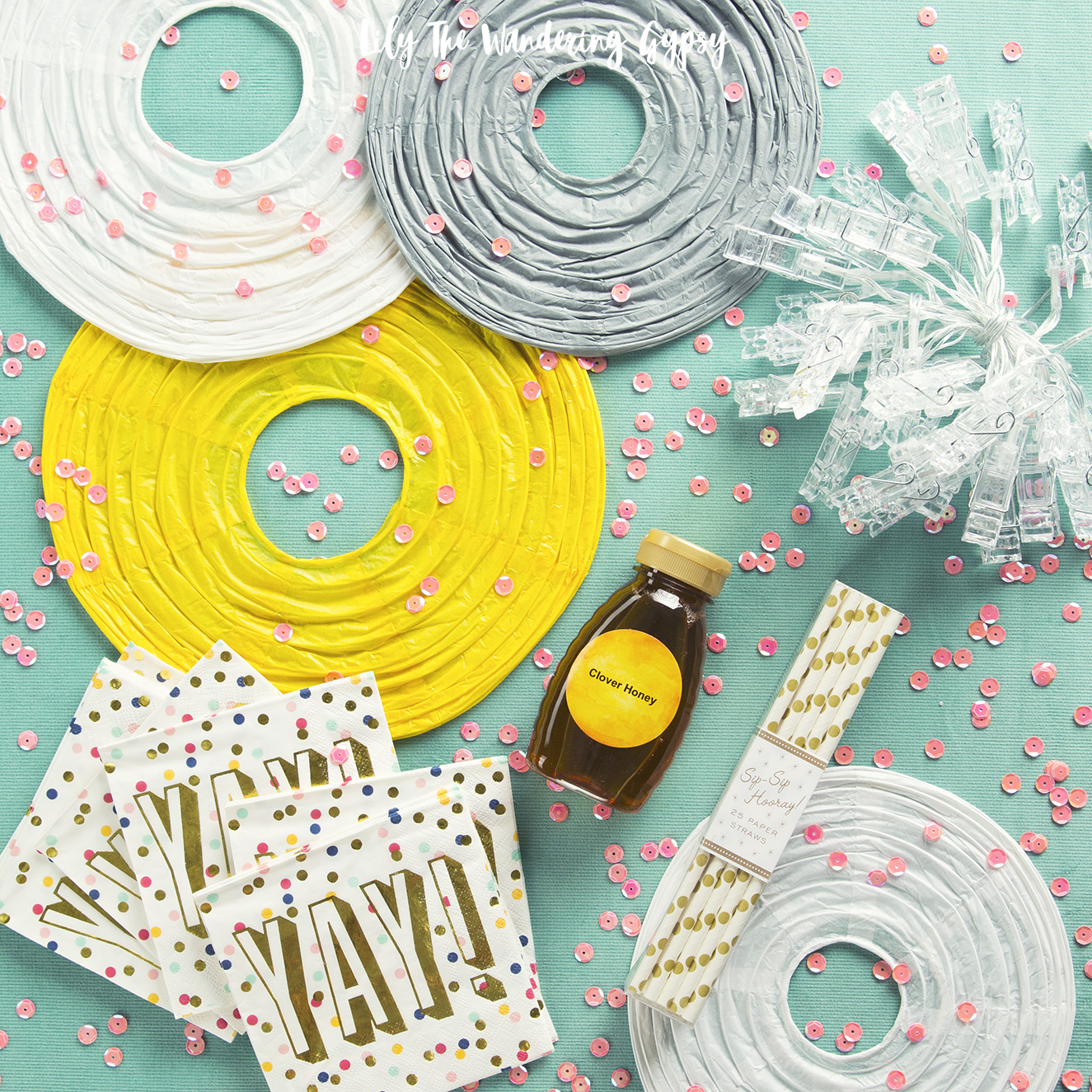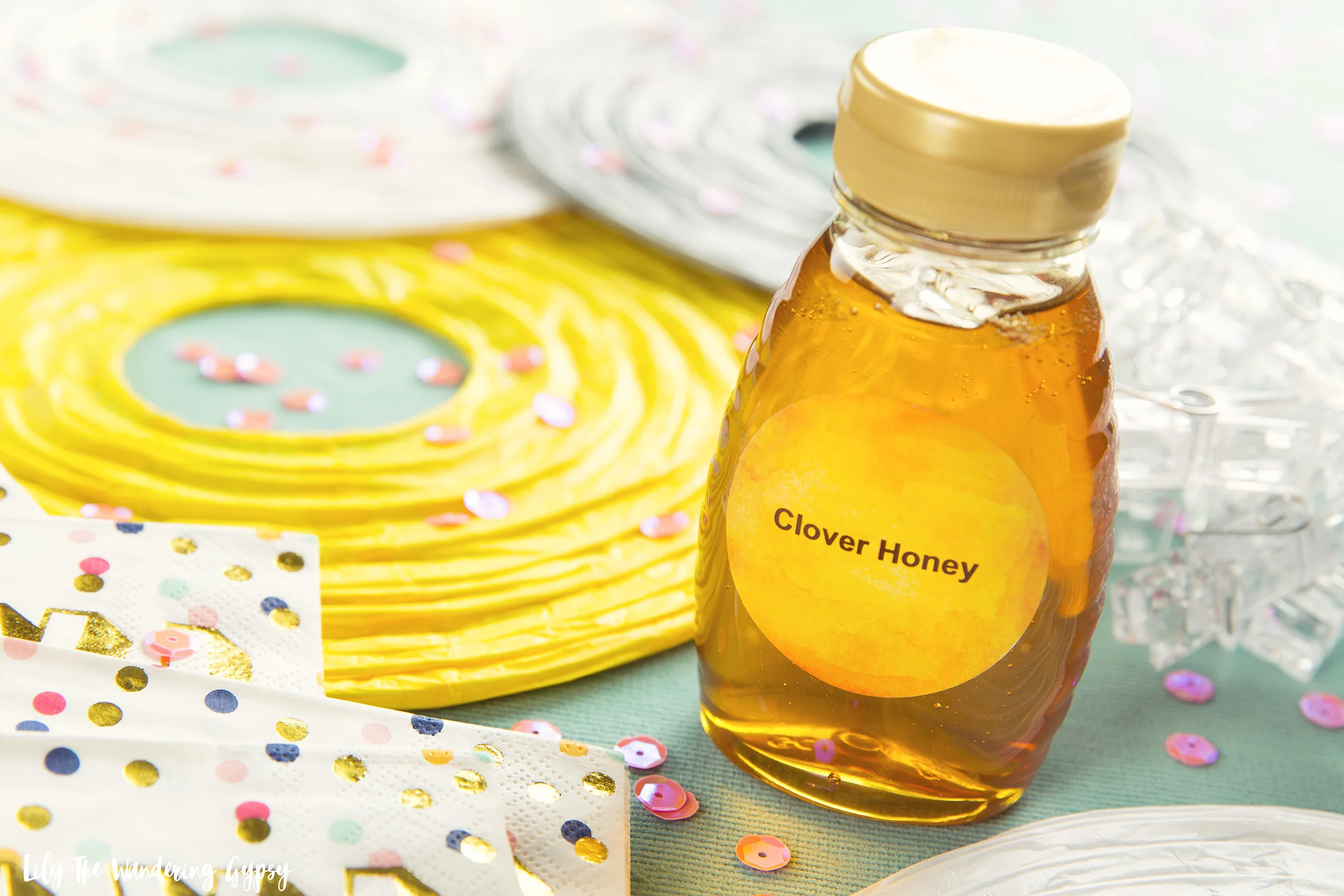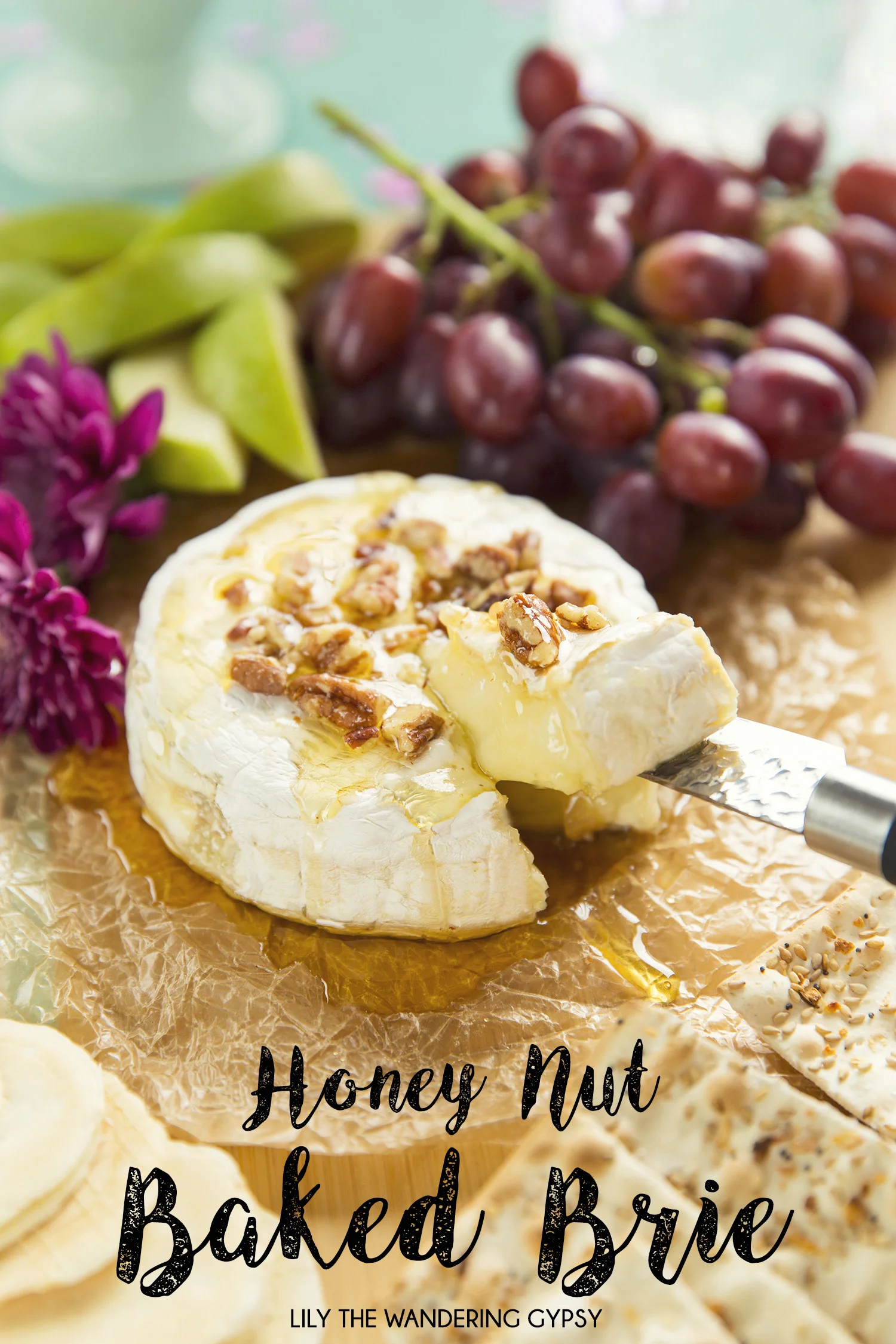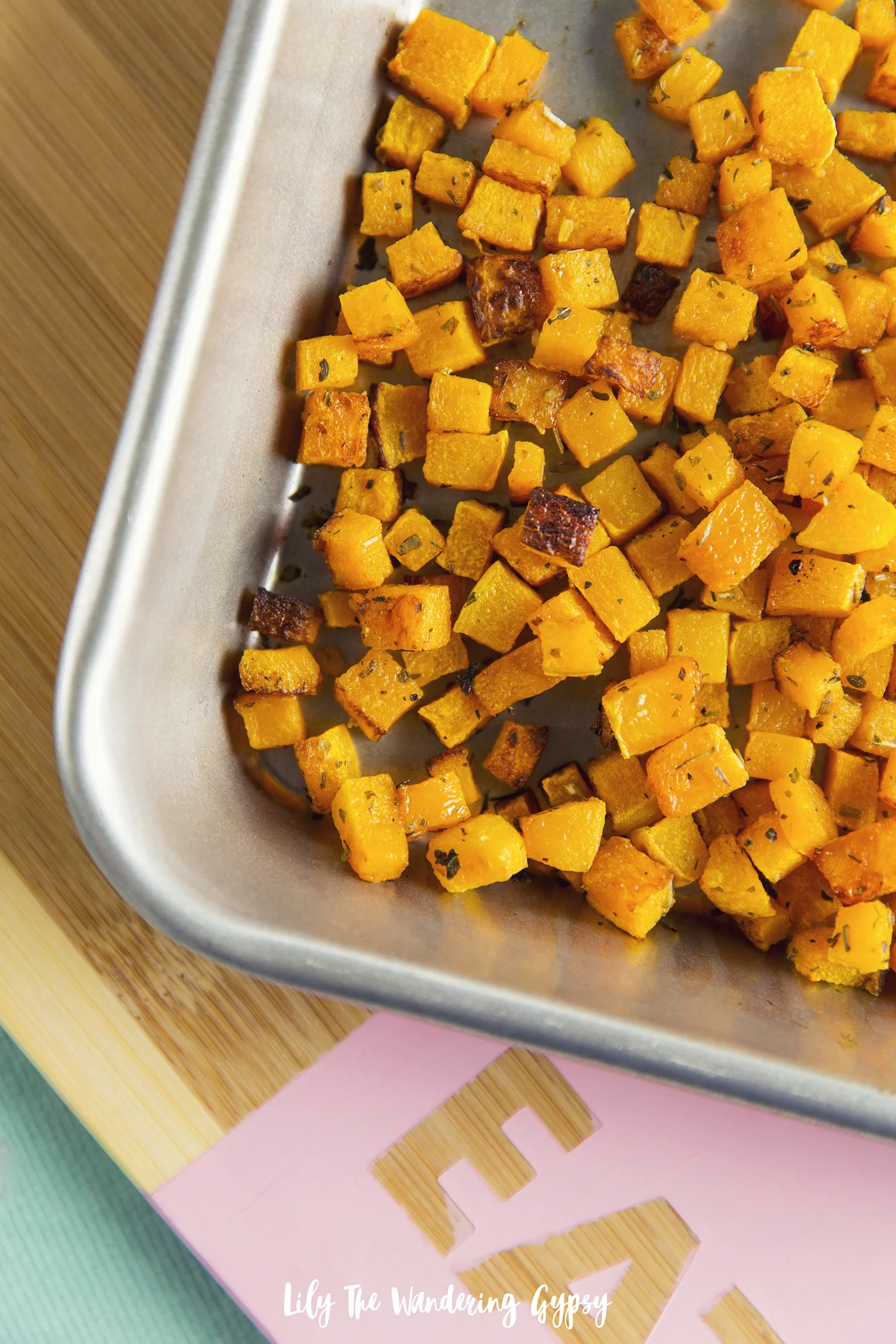I am beyond excited to share a little something for #NationalHoneyMonth. I love using natural products in everything I make, and I have always loved using honey. Honey is an amazing option, and has lots of great health benefits too! Why not celebrate golden moments with friends and good food!
I headed to the Honey.com website to begin searching for recipes to create for the party. I decided upon these two. Keep scrolling down to get the full recipes!
Honey + Nut Glazed Brie and the Butternut Squash + Pomegranate Crostini With Whipped Feta + Honey (Which I titled Fall Harvest Crostini in this post).
As I was photographing and editing this post, I listened to Honeybee by Papa Mali, and it set the mood just perfectly! Listen below...
I was so happy when I received a golden box of goodies from The National Honey Board, to help inspire me to design a beautiful party and create a couple of gorgeous recipes.
One of my favorite bloggers, Camille Styles, was featured in this post from Honey.com, detailing all of her ideas on celebrating various Golden Moments lie this one, A Girls' Night In!
The theme is to #SavorGoldenMoments, so the gold box was so perfect! I loved the taste of the Clover Honey that they included, and the paper lanterns, paper straws, and festive napkins set the mood perfectly. It's like they knew my taste or something, because I already had several party decor items that coordinated perfectly with the gifts.
ABOUT HONEY
The story of honey is older than history itself. An 8,000-year-old cave painting in Spain depicts honey harvesting, and we know it's been used for food, medicine and more by cultures all over the world since.
But honey isn't about humans. It's the natural product made from bees—one of our planet's most important animals. Honeybees visit millions of blossoms in their lifetimes, making pollination of plants possible and collecting nectar to bring back to the hive.
Lucky for us, bees make more honey than their colony needs, and beekeepers remove the excess and bottle it. Just like they've been doing since the beginning of time.
RECIPE: HONEY AND NUT GLAZED BRIE
YIELD: 16 to 20 servings
INGREDIENTS
1/4 cup honey
1 Tablespoon brandy
1/4 cup coarsely chopped pecans
1 8 oz. wheel of Brie cheese (about 5-inch diameter)
DIRECTIONS
In a small bowl, combine honey, pecans and brandy. Place cheese on a large ovenproof platter or 9-inch pie plate. Bake in preheated 500°F oven 4 to 5 minutes or until cheese softens. Drizzle honey mixture over top of cheese. Bake 2 to 3 minutes longer or until topping is thoroughly heated. Do not melt cheese.
If you need to, you can always do a Brie-Heat, where you warm the cheese, honey, and pecans up in the oven again for around 5-10 minutes on 350 degrees. Enjoy!
RECIPE: FALL HARVEST CROSTINI
YIELD: 24 pieces
INGREDIENTS
Olive oil cooking spray
1 baguette sliced diagonally 1/4-inch thick (about 24 pieces)
1 pound butternut squash cubed (1/2-inch cubes)
8 ounces feta cheese crumbled
1/4 cup whipped cream cheese
1/4 teaspoon ground black pepper
seeds from 1 pomegranate
1/4 cup fresh mint leaves chopped
honey for drizzlling
DIRECTIONS
Preheat oven to 350 degrees F. Lightly spray two rimmed baking pans with cooking spray. Place baguette slices on one prepared pan; lightly spray with cooking spray. Place squash on other prepared pan; lightly spray with cooking spray. Transfer both pans to oven; bake bread 8 to 10 minutes or until crisp (turning once), and squash 20 to 25 minutes or until golden brown and tender (stirring once). Allow bread and squash to cool before assembling crostini.
Meanwhile, place feta, cream cheese and pepper in bowl of food processor fitted with knife blade attachment. Process 3 to 5 minutes or until very smooth; scraping down sides of bowl occasionally.
To serve, spread each piece of toasted bread with 2 teaspoons whipped feta. Divide roasted squash and pomegranate arils over feta. Sprinkle with mint and drizzle with honey; serve immediately.
THE BEES
Bees Do Big Things
Everyone knows honeybees make honey, but their contributions hardly end there. Although other insects can pollinate plants, honeybees are premier pollinators because they are available throughout the growing season and pollinate a wide range of crops, including almonds, apples, avocados, cucumbers, melons, pears and many more.
In fact, about one-third of the U.S. diet is derived from insect-pollinated plants and honeybees are responsible for an impressive 80 percent of that process.
That’s why the National Honey Board currently allocates 5 percent of anticipated revenue each year to bee health research on issues like Colony Collapse Disorder (CCD) and external factors affecting honeybees.
HONEY & POLLINATION
Why do bees make honey?
Honeybees collect nectar to create honey and store as food because it provides the energy for bees’ flight muscles and provides heating for the hive in the winter. Fortunately, honeybees will make more honey than the colony needs, so it is necessary for beekeepers to harvest the excess, which they bottle.
FIVE WAYS YOU CAN HELP THE BEES
Let's Make Them Happy
Honeybees, beekeepers and the honey industry are direct contributors to the success of American agriculture. Today, the honey industry faces many challenges, such as hive loss, drought, colony collapse and shrinking forage areas. Here are a few ways you can help the honeybees:
Plant bee-friendly flowers and flowering herbs in your garden and yard.
Reduce or limit the use of chemicals and pesticides to treat your lawn or garden while plants are in bloom.
Bees are thirsty. Put a shallow basin of fresh water with marbles or rocks in it for the bees to land on outside your home.
Learn how to be a beekeeper with sustainable practices.
Donate to an organization dedicated to helping protect and promote honey bees and other pollinators.

